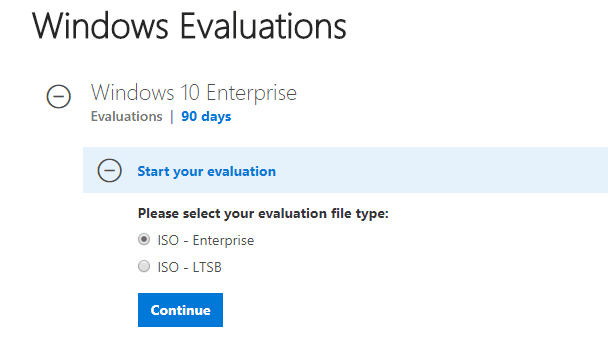
By default, kubectl is not included in CentOS 8, so you will need to install it using the curl command: curl -LO `curl -s

Next, you will need to install Kubectl in your system. You can install them with the following command: dnf install curl conntrack -y You should see the following output: Docker version 19.03.12, build 48a66213fe Step 3: Install Kubectlīefore starting, you will need to install the required dependencies in your system. You can also verify the installed version of Docker using the following command: docker -v Once the installation is completed, start the Docker service and enable it to start at system reboot: systemctl start docker You can add it with the following command: dnf config-manager -add-repo=Īfter adding the Docker repo, install Docker by running the following command: dnf install docker-ce -nobest -y dnf update -y Step 2: Install Dockerīy default, the Docker package is not available in the CentOS 8 default repo, so you will need to add the Docker repo in your system. Once you are logged in to your CentOS 8 server, run the following command to update your base system with the latest available packages.

Connect to your Cloud Server via SSH and log in using the credentials highlighted at the top of the page. Create a new server, choosing CentOS 8 as the operating system with at least 2GB RAM.


In this tutorial, we will learn how to install Kubernetes with Minikube on CentOS 8. This cross-platform software can be run on macOS, Linux, and Windows. Developers or administrators mainly use Minikube for testing purposes. Minikube is an open-source software written in Go and used for setting up a Kubernetes cluster on your local machine.


 0 kommentar(er)
0 kommentar(er)
